I began urban exploring as a kid. I lived in a run-down rust belt town in upstate New York, and there was always something abandoned lying around. My father worked in a converted factory and while most of the fun stuff was off limits, I could explore the grounds.
I moved to an upper middle class suburb of Boston as a kid, a place that never had an industrial past. But as I got a little older and moved into Boston proper for college, I began to find places around town that still had the Dirty Old Boston charm. At the time, Boston was in the middle of one of the largest public works project in American history: the Big Dig. All of downtown was a construction site, and there were tunnels and bridges to climb
Bitten by the bug, I started reading up on local railroad history and found a number of abandoned or virtually abandoned lines that were easily accessible. Boston had reinvented itself better than most rust belt cities, and many older factory buildings and industrial sites had already been redeveloped. But I was able to find a few, though, these weren’t long for this world either.
I got my first digital camera and began to document my explorations. It wasn’t just abandoned buildings that I documented, but the city itself. I use the term “urban explorer” in the broadest possible terms, not simply one with a fetish for abandoned places. Cities are living places, a picture of a boring street corner today might become a valuable historic document decades later when the neighborhood has changed.
I began posting my photos on forums and this website as a way to simply say “look what I did”. The response was overwhelmingly positive. The internet has always been the preferred method of sharing urban exploration exploits due to its anonymous nature. I hid behind the “vanshnookenraggen” nom-de-plume for a very long time due to my pastime.
I moved to New York City in the summer of 2005 to finish college, and hit the ground running. The very first place I went was the High Line. At the time, it was still abandoned and overgrown. The park proposal was working on getting funding, so I knew I was on borrowed time. So many people have now seen the finished park that I wonder if many of them even know what was there before?
Like Boston, New York had reinvented itself after its industry left in the middle of the 20th Century. I had seen books of what the city looked like in the 80s and 90s and, like so many transplants, wanted to find these places. New York still had a little grit left. Williamsburg was starting its second wave of gentrification, and many of the old loft buildings hadn’t been ripped down yet. Greenpoint, Bushwick, and Red Hook were still areas that people from Manhattan hardly knew existed.
I’m immensely proud of the places I got to explore because, like all things, they now only exist in memory. Time marches on, and I lived through a building boom not seen in a generation. Virtually every place I’ve explored no longer exists, or if it does, has been improved in some way. The last abandoned place that I have explored is one that I am personally trying to restore: the abandoned LIRR Rockaway Beach Branch. My QueensLink project aims to get the line reestablished as a subway connection, which was first proposed in the 1920s. We are fighting the city, which is in the process of converting a part of the line into a park, inspired by the High Line. Time will tell what will happen, but one thing is for sure: at some point my pictures will be all that remains of what was there.
I don’t do as much exploration as I once did. A combination of overdevelopment in the New York region and a lack of interest on my part as I’ve moved on to other projects. I love that the hobby has continued to entice kids. Cameras (on phones or otherwise) have gotten so good that the baseline quality of the photography has risen. I like to think I’ve helped inspire a new generation to push the envelope, going places they shouldn’t. The spirit of adventure is alive and well.

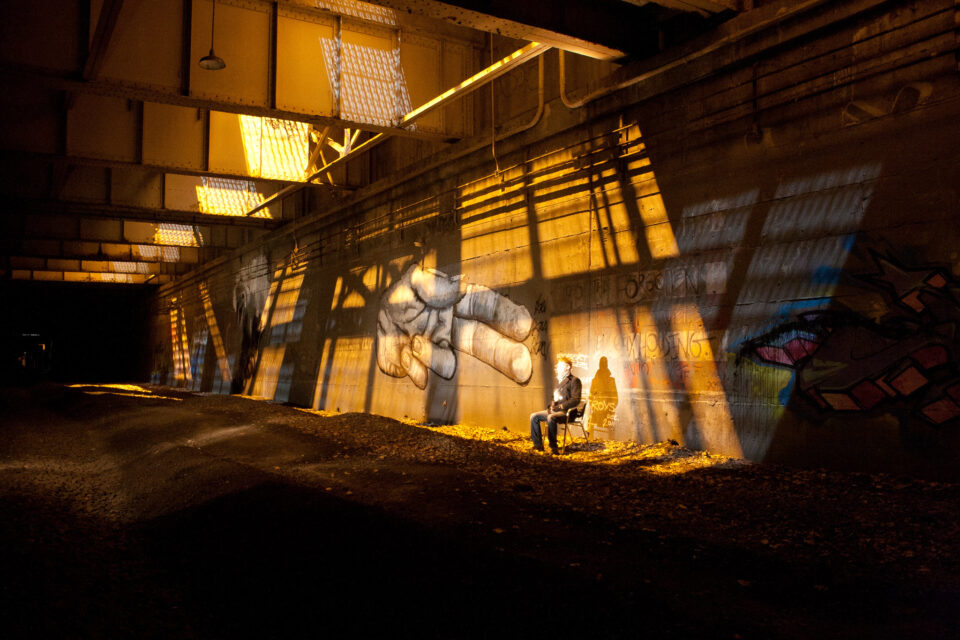
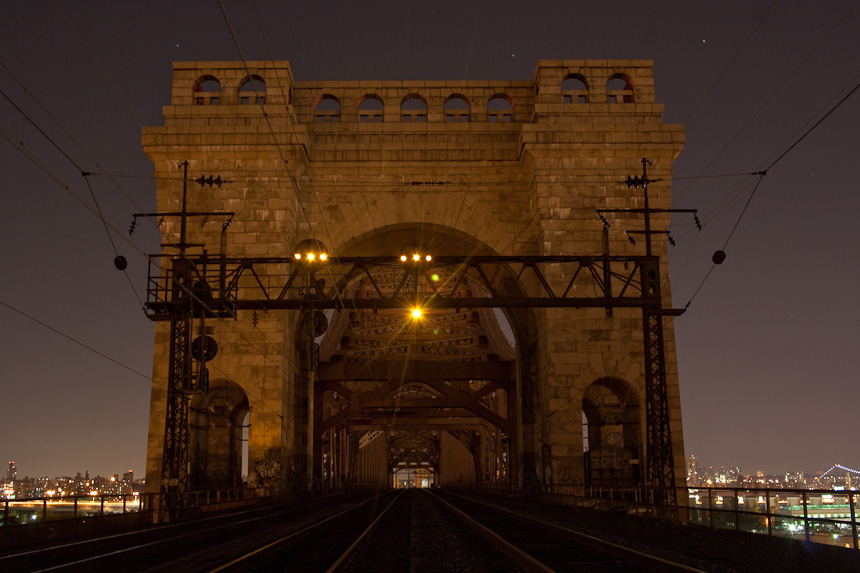
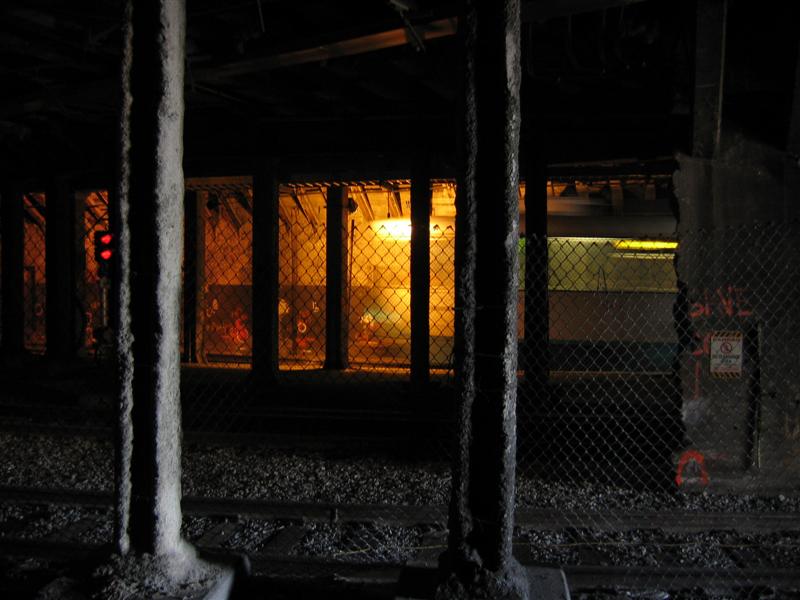

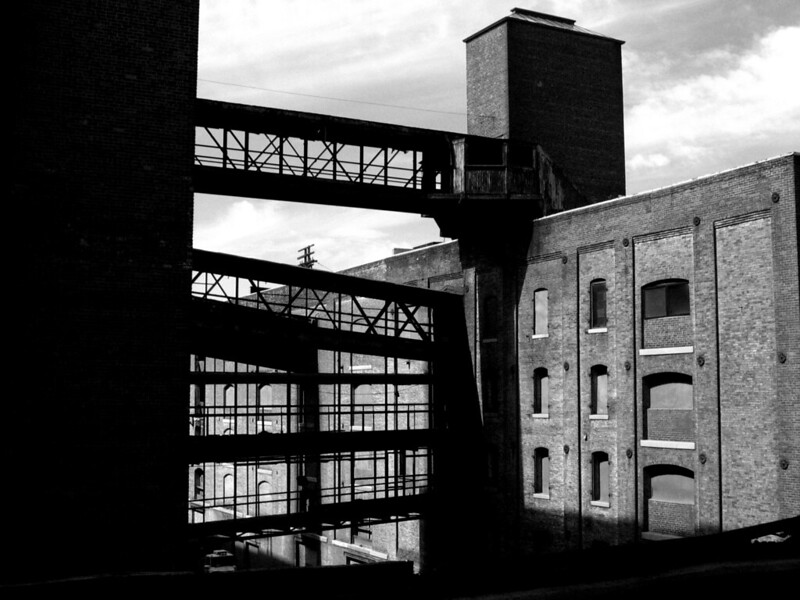
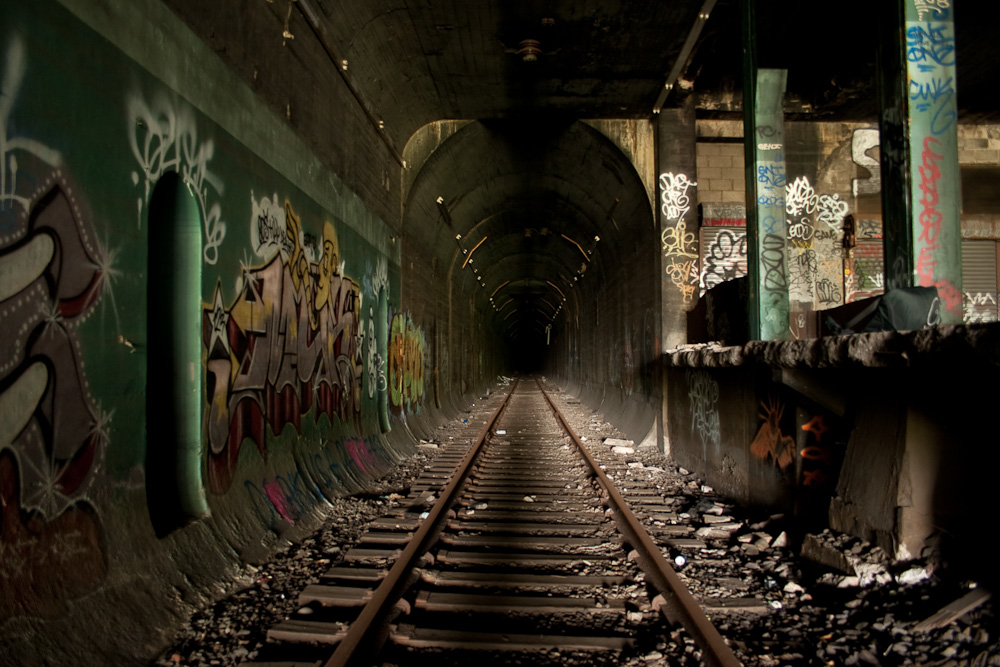
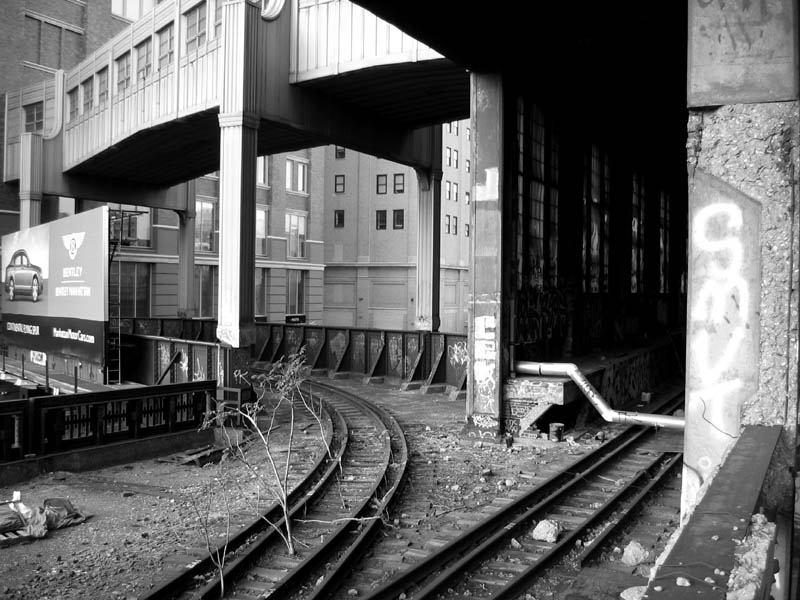




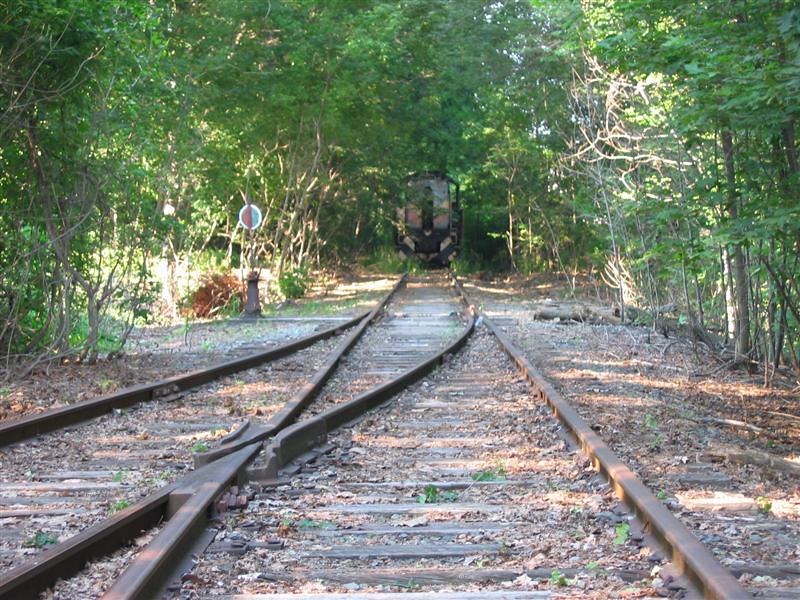











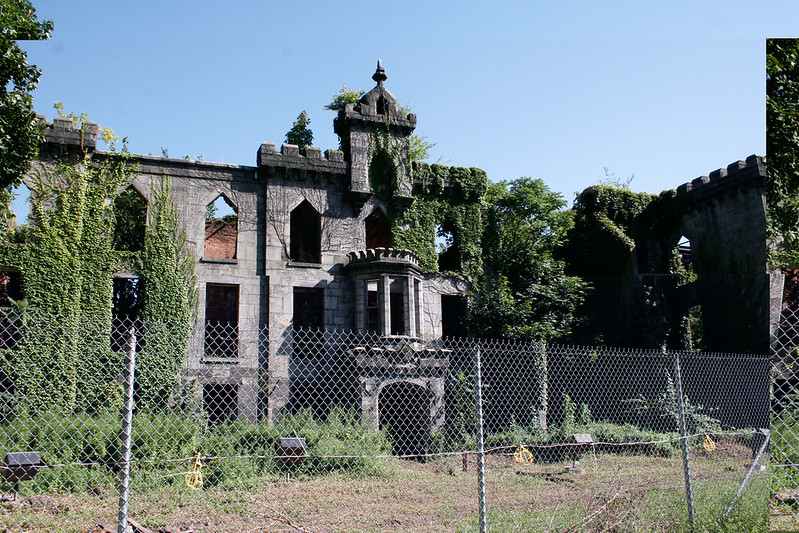

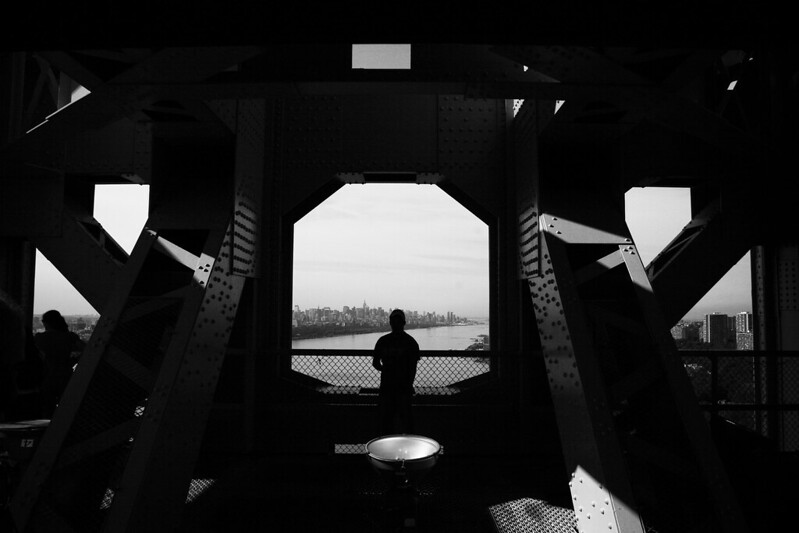











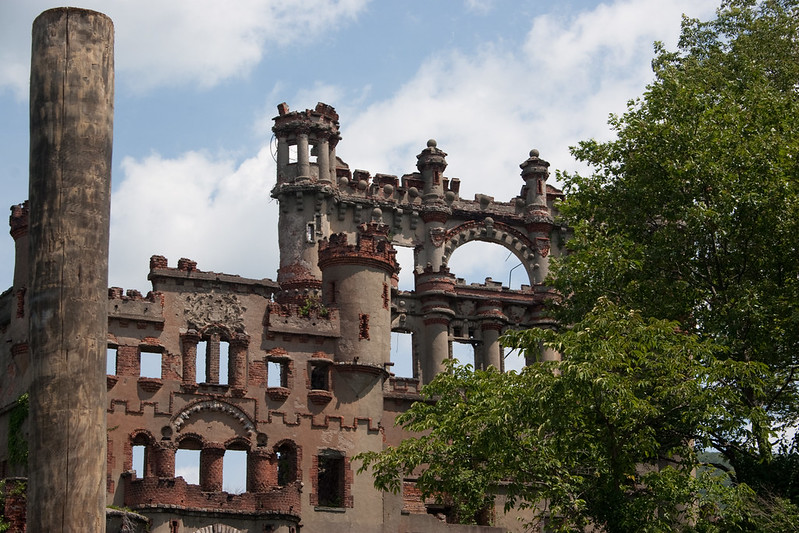

3 comments on “Urban Exploration”Add yours →